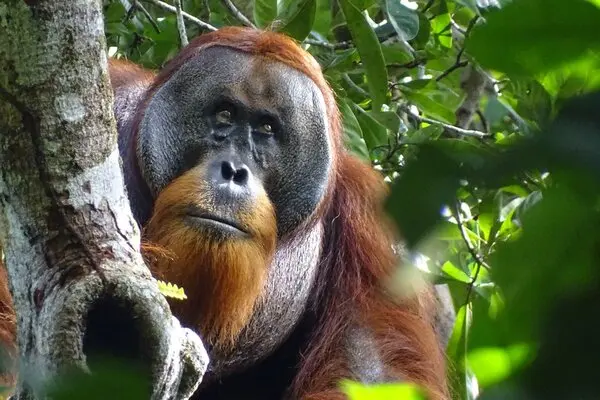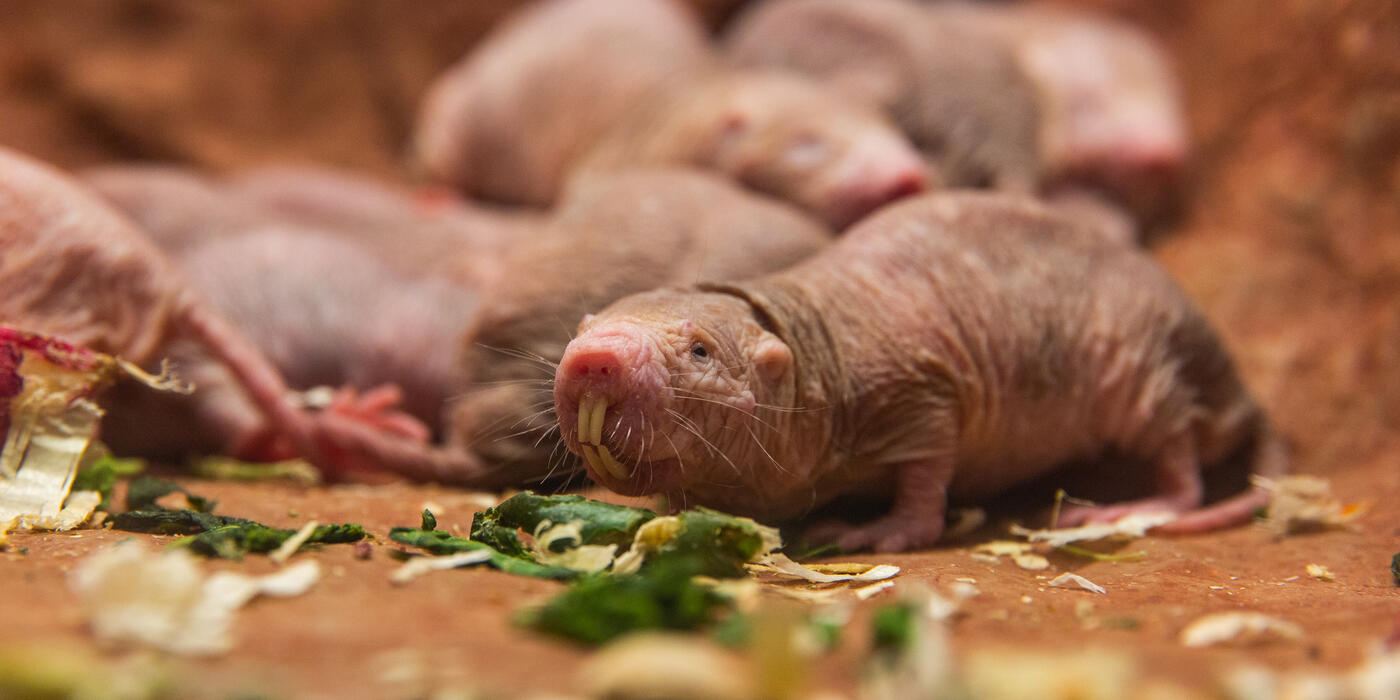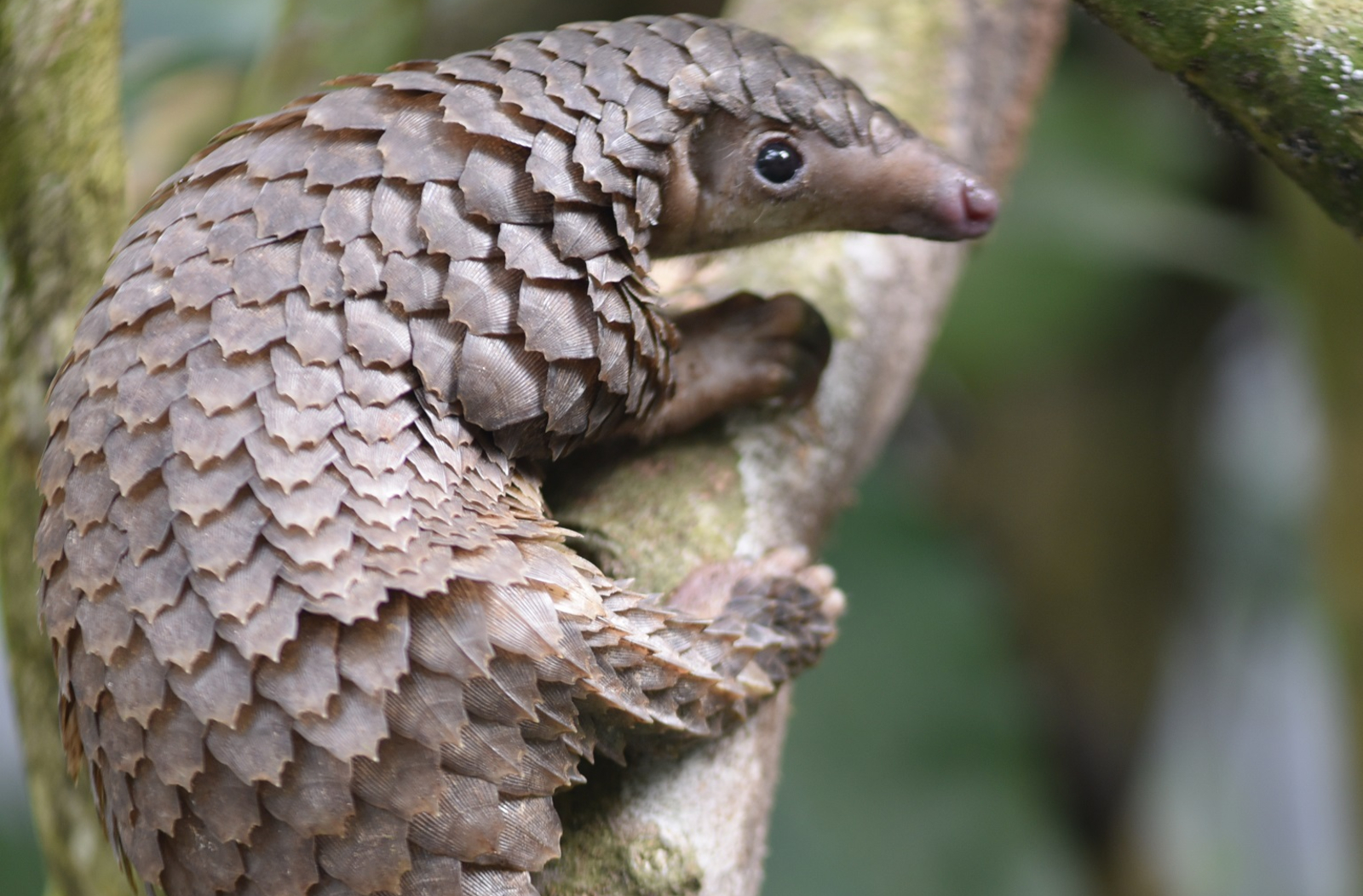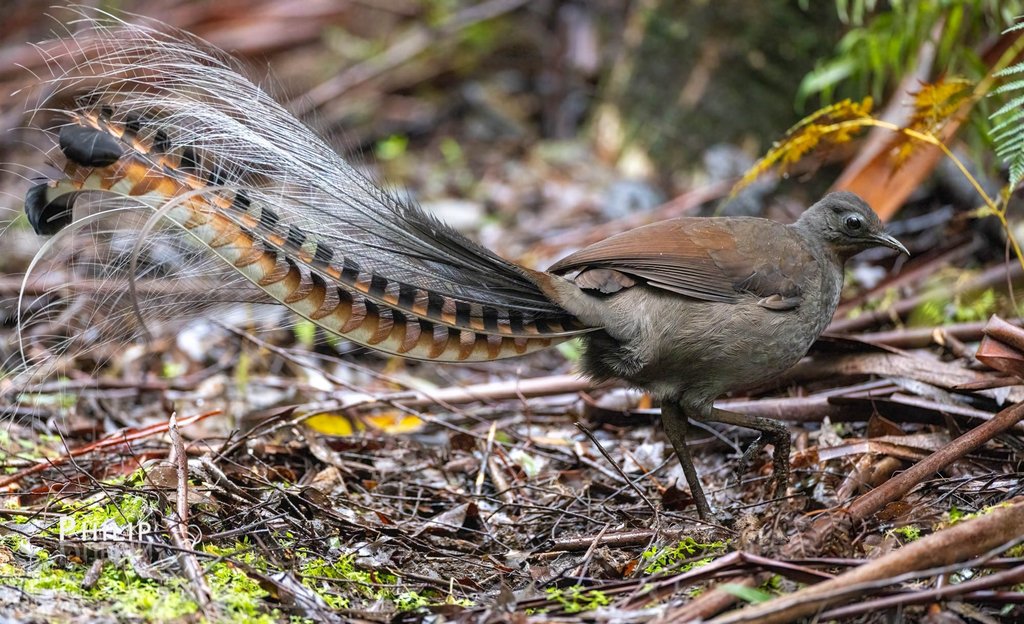solsticeuniversity – Mantis, often recognized for their unique appearance and predatory behavior, belong to the order Mantodea. With over 2,400 species worldwide, these intriguing insects are not only captivating to observe but also play significant roles in their ecosystems.
Physical Characteristics
Mantises are easily identifiable by their distinctive triangular heads, bulging eyes, and elongated bodies. Their front legs are adapted for grasping prey, equipped with spines that help secure their catch. This raptorial appendage, along with their ability to rotate their heads, allows them to scan their surroundings with remarkable agility. Most mantises exhibit a green or brown coloration, which aids in camouflage among foliage, making them effective ambush predators.
Habitat and Distribution
Mantises are found in diverse habitats, including gardens, forests, grasslands, and even urban areas. They thrive in warm climates but can adapt to a range of environments. Their ability to blend into their surroundings makes them masters of disguise, allowing them to evade predators while hunting for food.
Diet and Hunting Techniques
As carnivorous insects, mantises primarily feed on other insects, such as flies, crickets, and moths. Their hunting technique is a marvel of nature; mantises remain motionless for extended periods, waiting for the perfect moment to strike. When prey approaches, they launch a lightning-fast attack, capturing their meal with their spiny forelegs. Some larger species are even known to tackle small vertebrates, such as frogs and lizards.
Reproduction and Lifespan
Mating can be a perilous affair for mantises. In some species, females are known to engage in sexual cannibalism, consuming the male after or even during mating. This behavior, while gruesome, may provide nutritional benefits to the female, enhancing reproductive success. After mating, females lay hundreds of eggs in a protective ootheca, which hardens and resembles a small foam-like mass. Depending on the species and environmental conditions, the eggs may hatch within a few weeks to several months.
Cultural Significance
Mantises have held various symbolic meanings across cultures. In some traditions, they are seen as symbols of calmness and contemplation due to their stillness and patience while hunting. They have also inspired art and literature, reflecting their unique form and behavior. In some Asian cultures, mantises are associated with good fortune and protection.
Conservation and Threats
While mantises are generally resilient, habitat loss, pesticide use, and climate change pose threats to their populations. Maintaining biodiversity and supporting natural habitats can help ensure that these remarkable insects continue to thrive.
Conclusion
The mantis is a remarkable insect that captivates scientists and nature enthusiasts alike. With their extraordinary predatory skills, unique adaptations, and fascinating life cycles, mantises play a vital role in maintaining ecological balance. Observing these creatures in their natural habitat offers a glimpse into the complexity and wonder of the natural world, reminding us of the intricate relationships that sustain life on Earth.




